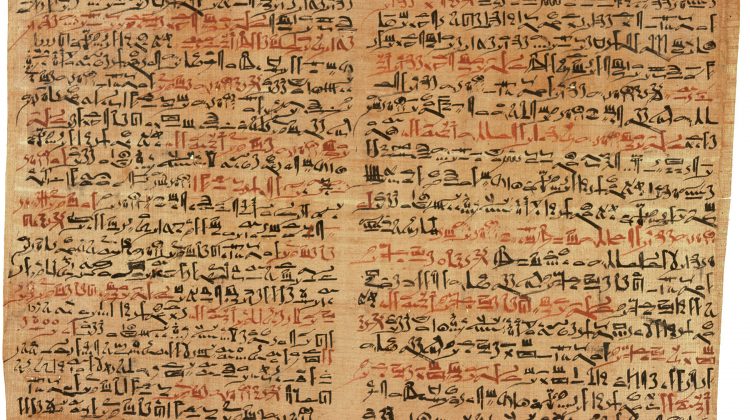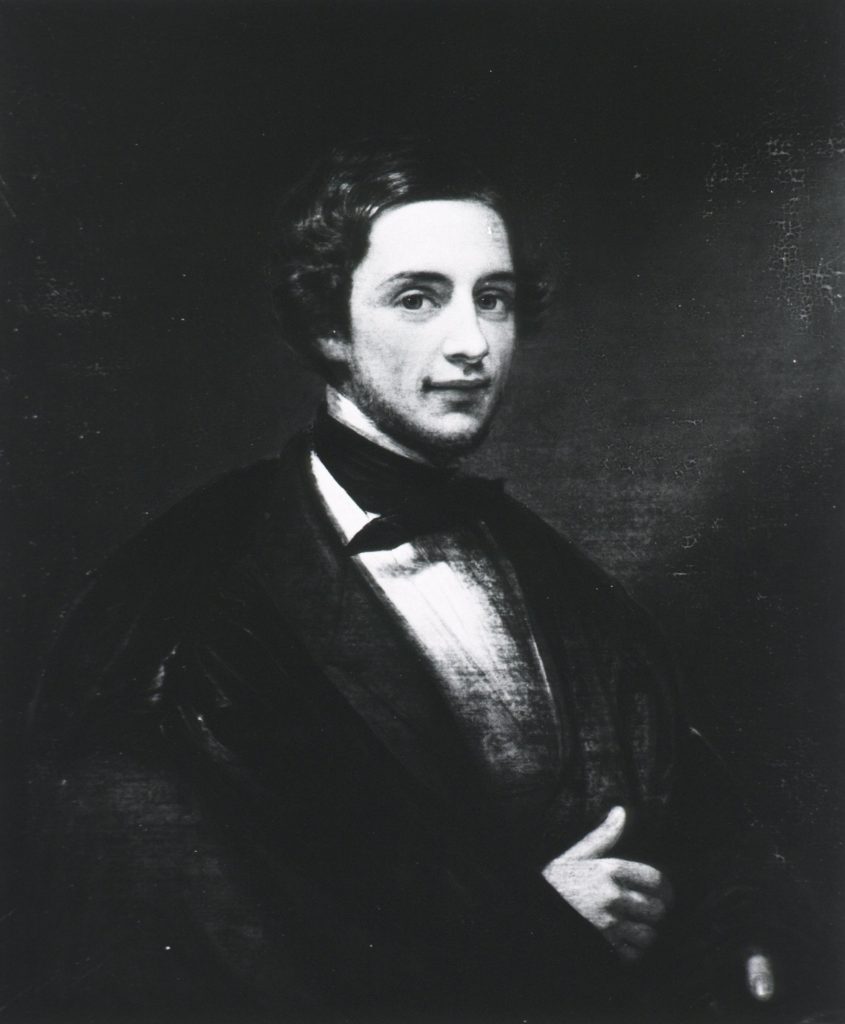
The Edwin Smith Papyrus
The Edwin Smith Surgical Papyrus occupies the first place of a remarkable list of records. It is clearly the first documentation of cases of spinal cord injuries, but it is also the first medical document concerned with cases of injuries [1]. It is the first known important medical treatise and also the first known record that can be called a scientific document Figure 1.

- Edwin Smith, the Original Owner of the Papyrus:

Edwin Smith (1822 – April 27, 1906), Figure 2 was an American dealer and collector of antiquities who gave his name to an Ancient Egyptian medical papyrus, the Edwin Smith Papyrus. Smith was born in state of Connecticut – US, lived in Egypt during the latter half of the 19th century. In 1862 he came temporarily into possession of a medical papyrus, purchased the papyrus which came to bear his name, from a dealer called Mustapha Aga at Luxor. Smith’s knowledge of hieratic was not sufficient to enable him to translate the papyrus, a task which was undertaken by James Henry Breasted, aided by Arno B. Luckhardt, a professor of physiology, and led to the publication of the translation in 1930.
- James Henry Breasted the Translator of the Papyrus:
James Henry Breasted, born in 1822 Figure 3, was director of the Oriental Institute of Chicago, and he published this papyrus translation to English in 1930 with facsimile (an exact copy, especially of written or printed material), transcription, comments and introduction. This volume was put together with some medical notes prepared by Arno B. Luckhardt. Until today, Breasted’s edition is still the only considered as a complete work on this text.

The papyrus belongs to the New Kingdom (c. 1550 BC) found in a Theban tomb, was out for sale around 1860 by Mustafa Agha and, in 1862, was bought by Edwin Smith, an American resident in Egypt. When he died in 1906, his daughter donated the Papyrus to the New York Historical Society [2].
Papyrus mentions diseases and surgery cases, 62 in total, fourteen with known treatments, and 48 without mentioning any treatment, maybe chronical diseases difficult to treat or even unknown diseases. It has seventeen pages and it was found in the tomb of a doctor. It deals with the examination of the patient done by the doctor; the majority of the examples given are of trauma cases. The Word brain is used for the first time to mention the organ.
Professor Devaud (Devaud, 1924) made a systematic examination of this papyrus looking for 56 test words that appear in 30 papyri. Devaud considered it as possibly the oldest medical papyrus so far discovered, is probably between the dates 1550-1500 BC.
The papyrus is now unrolled and mounted between sheets of glass. It has a length of 4.68 meters and, as at least a column of writing is lost from the beginning, it originally measured over 5 meters. The roll has a height of from 32.5 to 33 cm. and is made of 12 sheets each of about 40 cm joined expertly to form the customary roll. The roll bears 17 columns of writing on the recto each from 28 to 29 cm high and 18 to 27 cm wide. These form 377 lines [1].
References:
1 Hughes, J.T.: ‘The Edwin Smith Surgical Papyrus: an analysis of the first case reports of spinal cord injuries’, Spinal Cord, 1988, 26, (2), pp. 71-82
2 Veiga, P.: ‘Health and Medicine in ancient Egypt; magic and science’, 2009






Appreciating the persistence you put into your blog and detailed information you provide. Opal Clyve Rimma